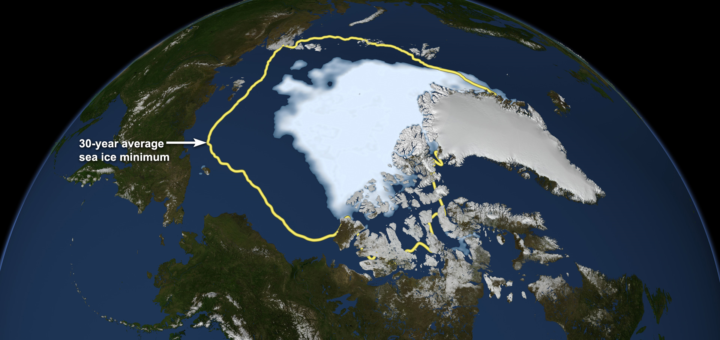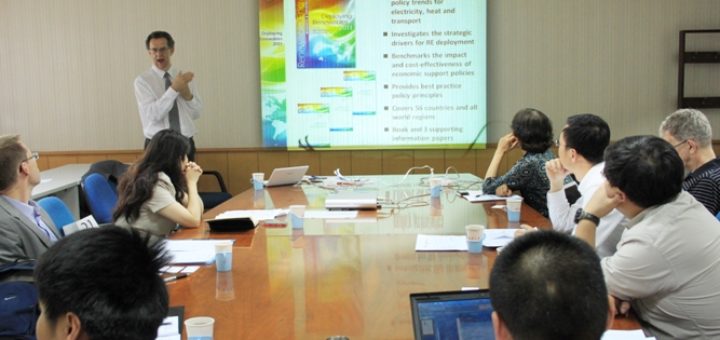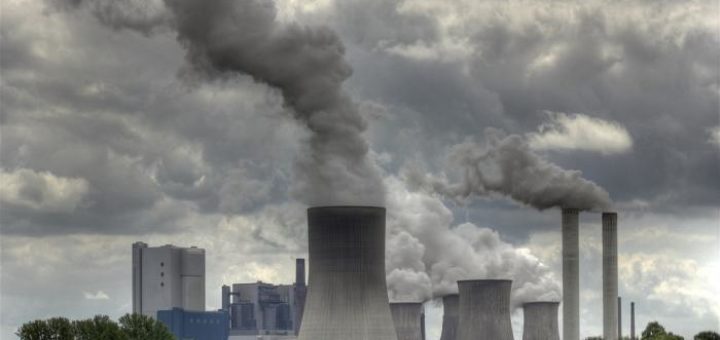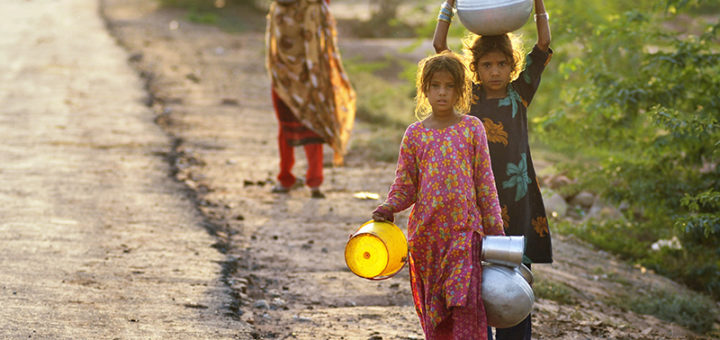Deploying popular renewable energy technologies at scale requires significant amounts of land compared with most fossil fuels. Solar is deployed on rooftops, but increasingly also on agricultural land. Land-use change emissions could be very large if renewable electricity targets are completely met by solar or bioenergy but contains significant regional variability. This study underlines the importance of including land-use impacts in policy assessment, particularly that encourages the large-scale use of solar and bio-energy.
Global
The Paris Agreement forms the basis for new international cooperation on climate change mitigation. However, the achievements in Paris do not mean that the UN climate regime is the only regime for climate action and other international legal regimes, climate coalitions and actions by non-Party stakeholders can play a complementary role to the Paris Agreement. Provides an overview of climate action undertaken outside of the UNFCCC context and this trend will likely continue beyond Paris.
Permafrost occupies 24% of the Northern Hemisphere’s land surface and is warming faster than the global average, thus melting permafrost: which has significant implications for efforts to control climate change. Quantities of organic carbon become available: permafrost contains twice as much carbon as in the atmosphere. The presence of permafrost carbon requires that the reduction of fossil fuel and industrial CO2 emissions needs to be greater and occur earlier.
New frameworks and tools are provided by TRANSrisk to manage climate change policy and are designed within the context of national case studies. Technological Innovation Systems (TIS) approach is used to explain the rate and nature of technological change in the case studies. The TRANSrisk project has two additional sectors alongside the four conventional circular economy sectors. A cross-sectoral approach is used to explore synergies and conflicts and risks and uncertainties of various innovative low
Arctic sea ice decline in recent decades is one of the most visible indicators of global warming. The sea-ice albedo feedback is an essential impact of sea ice melt, which amplifies Arctic temperature change. In this study, an optimal path for fossil fuel and industrial CO2 emission reduction is sought. Devoting more resources to mitigation implies a decrease in consumption and investment, implying a loss in net welfare.
If the earth’s temperature increase is limited to a maximum of 2°C premature deaths are likely to be reduced globally by 15% in 2050, from 4 million to 2.85 million. If an economic value is assigned to those premature deaths, the health co-benefit ‘savings’ are actually higher than the mitigation policy costs by a proportion ranging from 1.3 to 2, depending on the pathway. This is investigated in the Case of Santiago de Chile.
Innovation in mitigation technologies is seen as a critical contributor to achieving the ambitious GHG reduction goals of countries outlined in the Paris Agreement. The CARISMA project has analysed collaboration initiatives from governments, industries, and regions, each with different characteristics, to identify criteria for effective collaborations between the EU and emerging countries. The main finding of the analysis is that there is no unique pattern that could correspond to every good practice of collaborations.
GHG emissions need to be reduced practically to zero by 2050. However, there are currently numerous coal-fired power stations around the world at different stages of construction, and if built and become active, their expected future emissions will make it difficult to reach the targets in the Paris Agreement. Carbon Capture and Storage could reduce future emissions, but its future availability is still highly uncertain.
The poorest people still struggle to have access to sanitation and clean energy. However, as incomes rise in developing countries, access to electricity, clean cooking energy, water, and sanitation, also improves but not as quickly as income growth. The United Nations Sustainable Development Goals (SDGs) aim to achieve universal access to clean energy, water, and sanitation by 2030. This study highlights the challenges of achieving SDGs, but also points to policy directions that could help.
Research often focuses on creating and modelling hypothetical scenarios. However, public knowledge and opinions are crucial for the successful uptake of research findings. In this article, we explore how quantitative tools are used for producing scenarios, whereas qualitative tools are used to identify stakeholder preferences.









